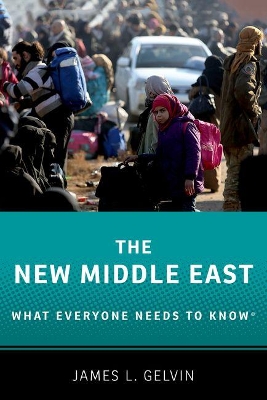Since Muhammad Bouazizi set himself on fire in Tunisia on December 17, 2010, galvanizing the Arab uprisings that continue today, the entire Middle East landscape has changed in ways that were unimaginable years before.
In spite of the early hype about a so-called "Arab Spring" and the prominence observers gave to calls for the downfall of regimes and an end to their abuses, most of the protests and uprisings born of Bouazizi's self-immolation have had disastrous results across the whole Middle East. While the old powers reasserted their control with violence in Egypt and Bahrain, Libya, Yemen, and Syria have virtually ceased to exist as states, torn apart by civil wars. In other states, namely Morocco and
Algeria, the forces of reaction were able to maintain their hold on power, while in the "hybrid democracies" of Lebanon, Palestine, and Iraq, protests against government inefficiency, corruption, and arrogance have done little to bring about the sort of changes protesters have demanded. Simultaneously,
ISIS, along with other jihadi groups (al-Qaeda, al-Qaeda affiliates, Ansar al-Shariahs, etc.) has thrived in an environment marked by state breakdown.
This book explains these changes, outlining the social, political, and economic contours of what some have termed "the new Middle East." One of the leading scholars of modern Middle Eastern history, James L. Gelvin lucidly distills the political and economic reasons behind the dramatic news arriving each day from Syria and the rest of the Middle East. He shows how and why bad governance, stagnant economies, poor healthcare, climate change, population growth, refugee crises, food and water
insecurity, and war increasingly threaten human security in the region.
- ISBN10 0190653981
- ISBN13 9780190653989
- Publish Date 4 January 2018
- Publish Status Active
- Publish Country US
- Imprint Oxford University Press Inc
- Format Paperback
- Pages 208
- Language English
